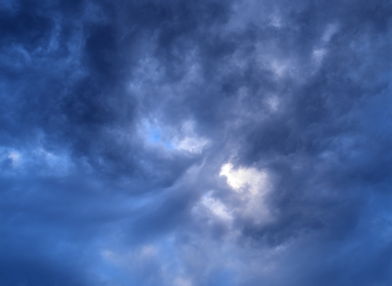 |
Amazon, 2008
In May and June of 2008 I traveled to the Amazon as part of a class trip through San Jose State University. I took a little side trip to Caracas, Venezuela, for a week beforehand; then I flew down to Manaus, which was the base of operations for the class for the next three weeks. I kept a blog the whole time, so if you want to know where exactly I went, what I did, what the class was about, or anything else like that, please read my Amazon blog. On this page I'm not really trying to document my trip; I'm just trying to put up the pictures from it that I like the best.
I bought a new camera for this trip, an Olympus Stylus 850SW. It's completely waterproof — you can take underwater photos with it, in fact — and extremely shockproof, so it seemed like a great travel camera for a trip where I expected to get rained on frequently. It worked very well, and I'd recommend it to others as a travel/underwater camera. It has a very good macro mode; you can see the kinds of photos its capable of in the Insects section below. It also has very good color balance; I didn't feel a need to adjust the color in any of the photos I took on the trip. My only objection to it would be that the autofocus is sometimes annoying, particularly in macro mode, when it will preferentially focus on the background behind the close-up object you're trying to shoot. Considering that it's a point-and-shoot camera, though, I'm very impressed with it.
As usual, the "original" photos posted here are much smaller than the actual originals, so if you want to make a print for whatever reason, please contact me for a true original file.
|
|
 |
| Caracas |
|
The first three phots show different faces of Caracas: skyscrapers, modern architecture, and slums stretching as far as the eye can see. The next three are shots inside a mosque in Caracas that I was privileged to receive permission to photograph inside. |
|
 |
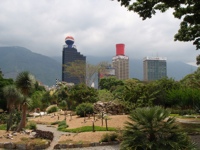
|
 |
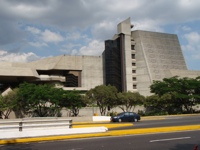
|
 |
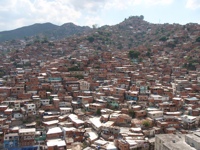
|
 |
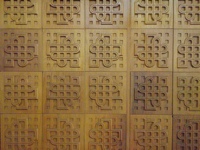
|
 |
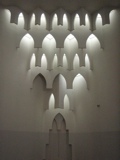
|
 |
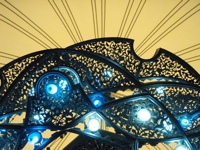
|
 |
| Caracas art |
|
Caracas has a great deal of public art; statues, murals, and sculptures abound. The first three pictures below show public works of art at the City University of Caracas; the university not only has wonderful art everywhere, but is also world-famous for its architecture (by Carlos Raúl Villanueva). The last of those three photos is of a work by Jean Arp, "Pastor de Nubes" (Cloud Shepherd), that is fairly famous. The next three photos were taken in the Museum of Contemporary Art in Caracas (which is well worth the trip). The first is a closeup of a work by Luis Alberto Arata, the next is a close-up of a Francisco Narváez piece, and the last is, of course, a Miró. |
|
 |
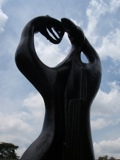
|
 |
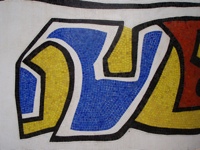
|
 |
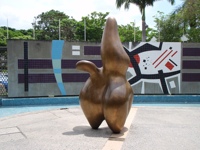
|
 |
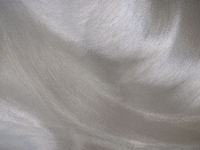
|
 |
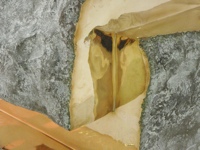
|
 |
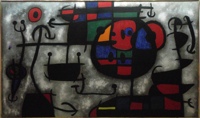
|
 |
| La Ávila |
|
Caracas lies at the bottom of a valley. Immediately to the north is an extensive park, La Ávila, with trails running all over the mountains that look down on the city below. I spent a day hiking in the park, which had a wonderful variety of terrain and vegetation, panoramic views of Caracas, and lots of birds and insects. Highly recommended for those visiting Caracas! |
|
 |
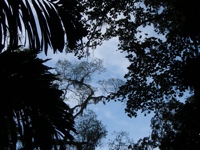
|
 |
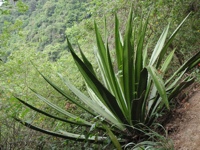
|
 |
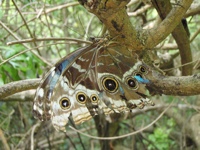
|
 |
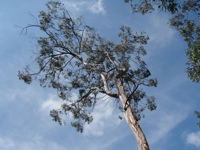
|
 |
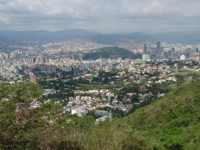
|
 |
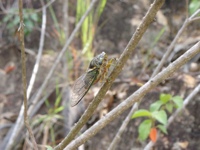
|
 |
| Manaus |
|
Manaus is a diverse and strange city. It has influences from the Portuguese and the indigenous people of the Amazon, of course, but also from many other places, thanks to the rubber boom that boosted its fortunes around the turn of the 20th century. These first photos are just miscellaneous shots from in and around Manaus. The last of them is of cashew fruits; cashew nuts come from the brown part on top, but in Brazil you encounter cashew juice more often than you do the nuts. |
|
 |
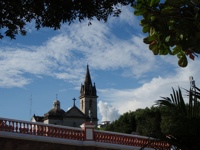
|
 |
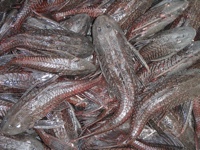
|
 |
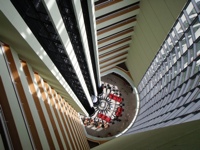
|
 |
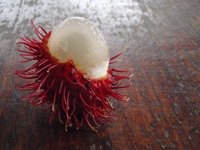
|
 |
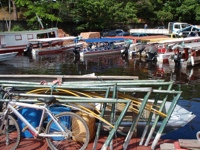
|
 |
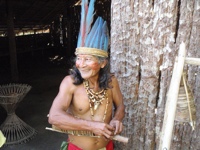
|
 |
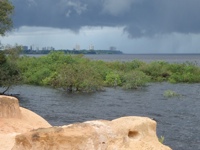
|
 |
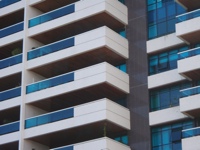
|
 |
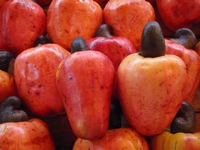
|
 |
| The city that rubber built |
|
The rubber trade was immensely important to the development of Manaus as a major city. The first three photos here are inside the Teatro Amazonas, a European-style opera house built in downtown Manaus at the height of the rubber boom. It is very hard to believe that such a building exists in the middle of the Amazon jungle, but there it is! The next three photos are from an old rubber plantation that has been converted into a museum; you can see how the rich plantation owners lived, the sacks the rubber was transported in, and the graveyard where the rubber tappers were buried after they were worked to death or died of disease or abuse. The history of rubber is not a cheerful one. |
|
 |
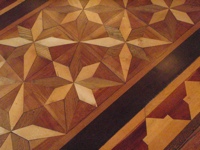
|
 |
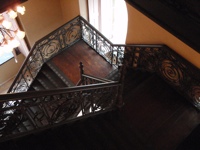
|
 |
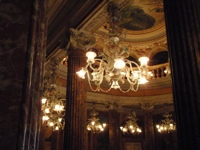
|
 |
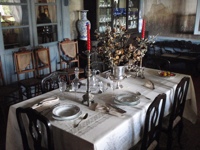
|
 |
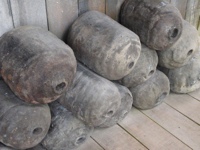
|
 |
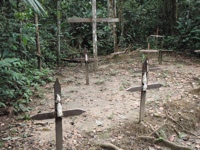
|
 |
| Boi Bumba |
|
Boi Bumba is a big dance festival in the Manaus area. Two music and dance teams compete against each other on alternate weekends, and whichever one wins, it's an excuse for more drinking and dancing in the weeks that follow. I went to a rehearsal for the Caprichoso team (the main event happened after we left Brazil). The woman in blue and the bull are the main mascots of the team; there were lots of other costumes and such as well. Those who are interested can look at more photos of Boi Bumba (not by me). |
|
 |
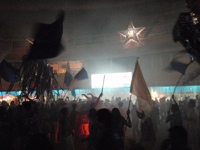
|
 |
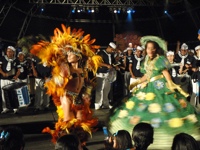
|
 |
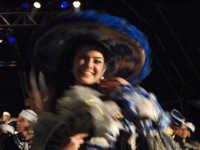
|
 |
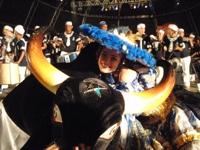
|
 |
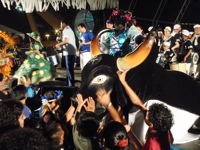
|
 |
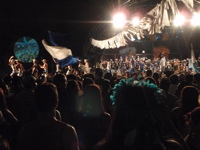
|
 |
| Water |
|
Once we got out of Manaus, we were never far from the Amazon or its tributaries. Water is everywhere in the Amazon, and it has a thousand different faces. |
|
 |
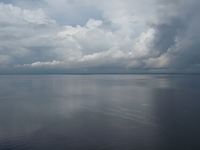
|
 |
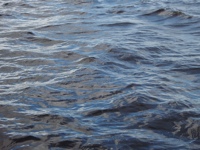
|
 |
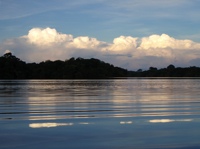
|
 |
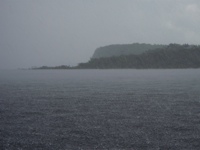
|
 |
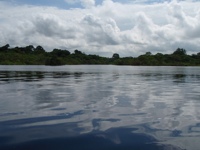
|
 |
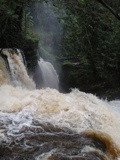
|
 |
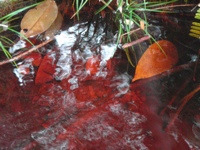
|
 |
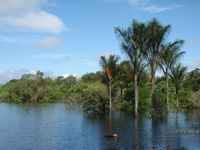
|
 |
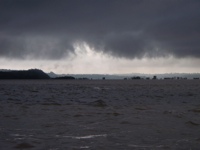
|
 |
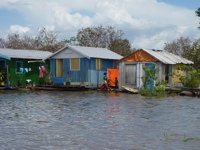
|
 |
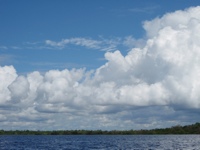
|
 |
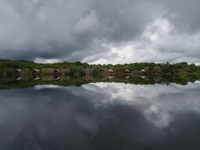
|
 |
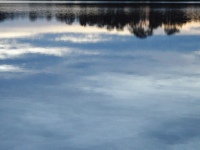
|
 |
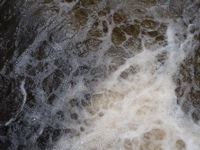
|
 |
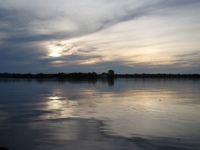
|
 |
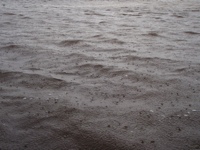
|
 |
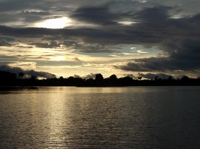
|
 |
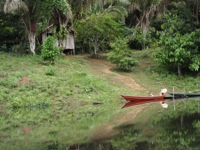
|
 |
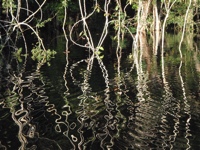
|
 |
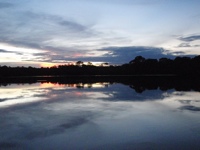
|
 |
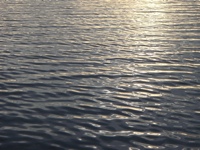
|
 |
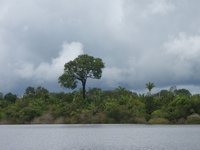
|
 |
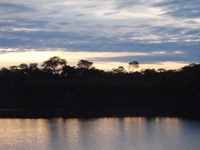
|
 |
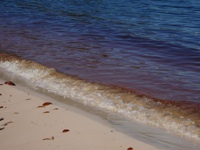
|
 |
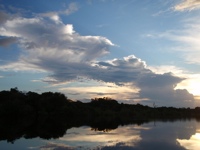
|
 |
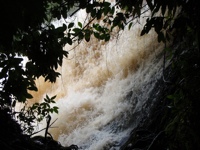
|
 |
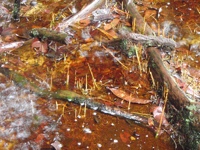
|
 |
| Vertebrates |
|
Here are the photos I took of the charismatic fauna of the Amazon: the birds and monkeys, snakes and turtles, sloths and caimans. These sorts of animals are not easily seen when you're in the true jungle; most of these photos are of animals that are captive, domesticated, or kept in managed parks. Particularly poignant is the lot of the monkeys that one frequently sees in cages in Manaus; they seemed much more conscious of their captivity than the other animals, although it is, of course, difficult to know whether that is just anthropomorphizing. The fur close-up is of the back of a sloth; the males of the species have a very unusual pattern in their fur. |
|
 |
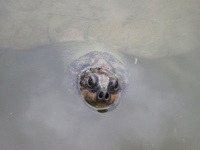
|
 |
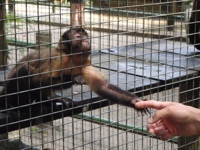
|
 |
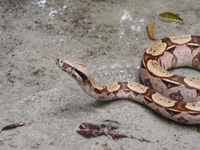
|
 |
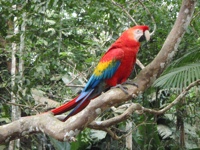
|
 |
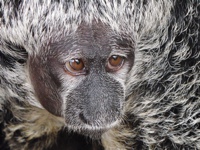
|
 |
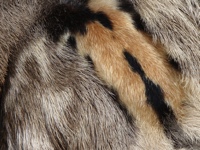
|
 |
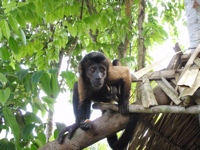
|
 |
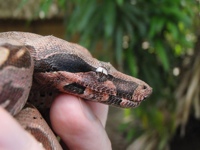
|
 |
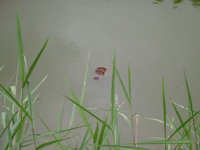
|
 |
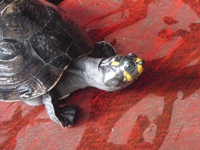
|
 |
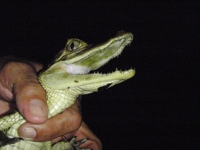
|
 |
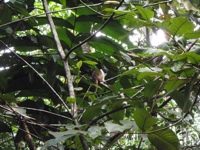
|
 |
| The Rain Forest |
|
Trees, ferns, leaves; but also, everywhere you go, thorns. The botanists in the group were practically foaming at the mouth, discovering odd and interesting plants everywhere they looked; but since I know very little about plants, I'm afraid I can't convey any of that excitement to you here. |
|
 |
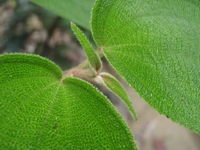
|
 |
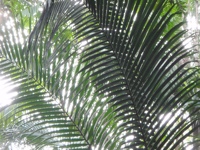
|
 |
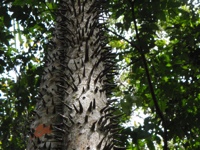
|
 |
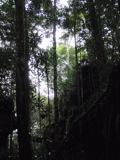
|
 |
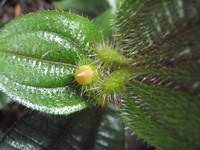
|
 |
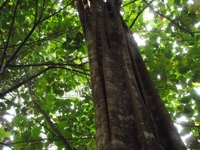
|
 |
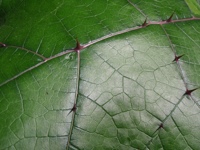
|
 |
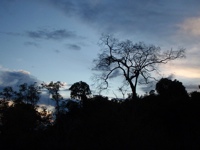
|
 |
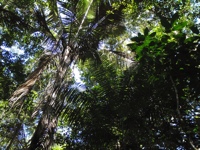
|
 |
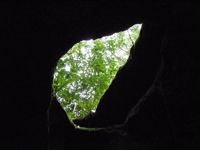
|
 |
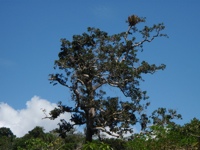
|
 |
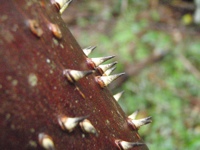
|
 |
| Insects and Other Arthropods |
|
This was my favorite part of the trip. It may be hard to see the big animals in the Amazon, but the little animals are everywhere: dragonflies and damselflies, moths and butterflies, spiders and other arachnids, grasshoppers and katydids and mantids and stick insects, wasps and bees and beetles and flies, mosquitos (although not as many as you might expect), hoppers of all sorts... but most of all, ants. The big ant pictured two-thirds of the way down was almost two inches long; most of them weren't that big, but you usually couldn't stand in one spot for long without ants beginning to swarm over you and bite you. Ah, it gives me a warm, fuzzy feeling just thinking about it. |
|
 |
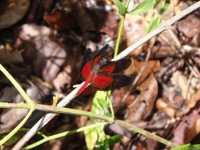
|
 |
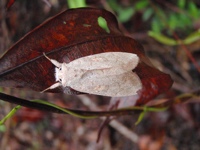
|
 |
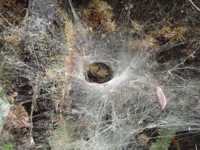
|
 |
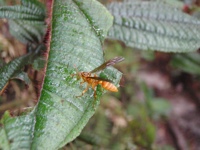
|
 |
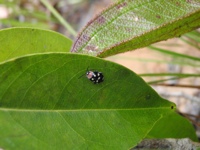
|
 |
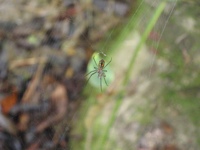
|
 |
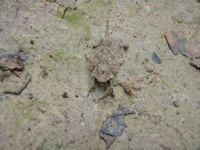
|
 |
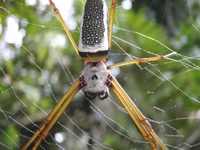
|
 |
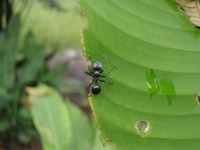
|
 |
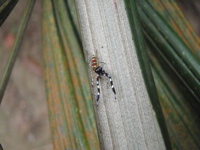
|
 |
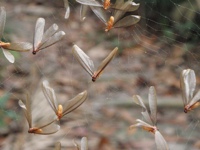
|
 |
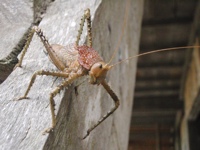
|
 |
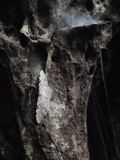
|
 |
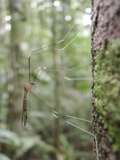
|
 |
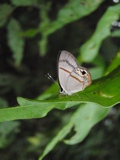
|
 |
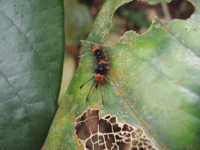
|
 |
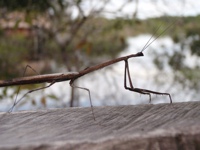
|
 |
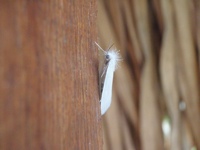
|
 |
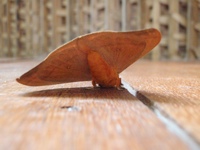
|
 |
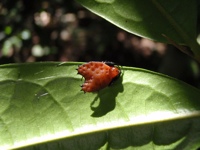
|
 |
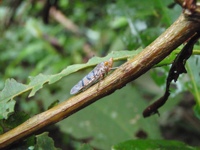
|
 |
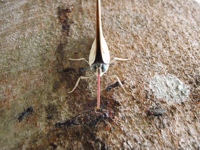
|
 |
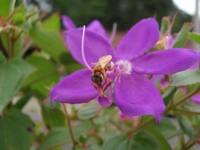
|
 |
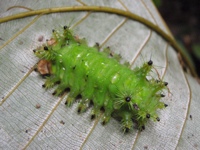
|
 |
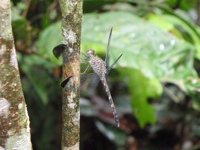
|
 |
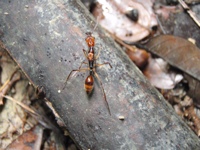
|
 |
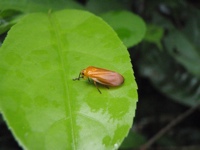
|
 |
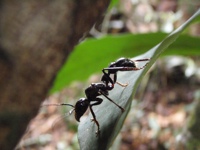
|
 |
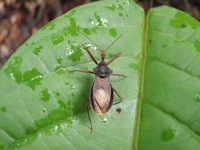
|
 |
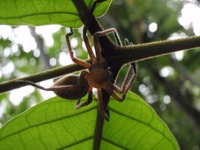
|
 |
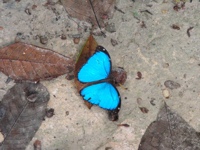
|
 |
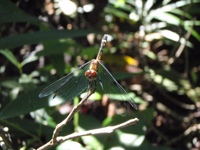
|
 |
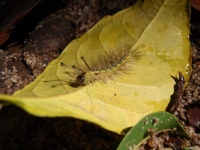
|
 |
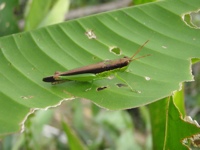
|
 |
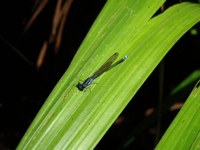
|
 |
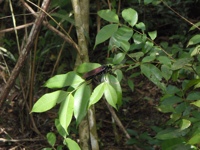
|
 |
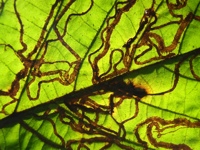
|
 |
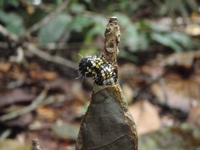
|
 |
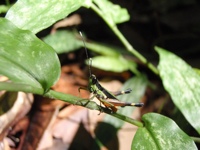
|
 |
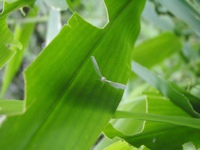
|
 |
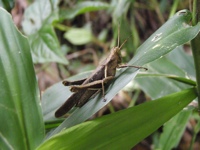
|
 |
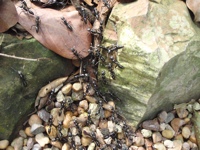
|
 |
| Flowers and Fungi |
|
I'll wrap up with some pictures of the flowers and fungi that added dashes of color to the forest. Uh, and some leaves with holes in them. Well, those are sort of ornamental too, I guess. |
|
 |
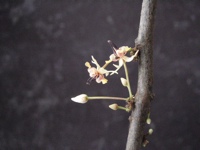
|
 |
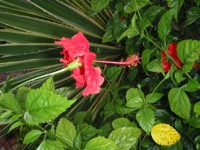
|
 |
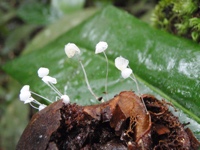
|
 |
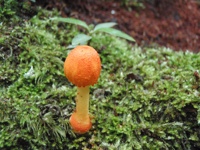
|
 |
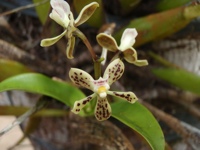
|
 |
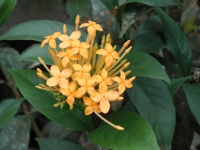
|
 |
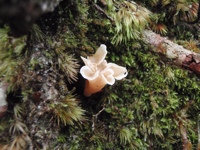
|
 |
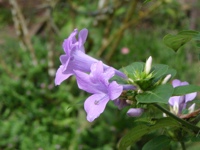
|
 |
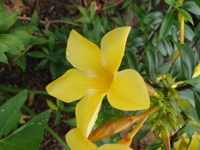
|
 |
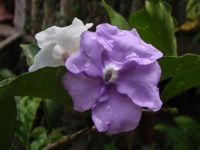
|
 |
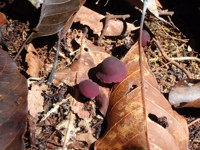
|
 |
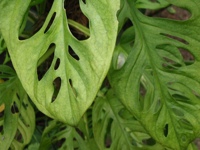
|
 |
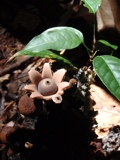
|
 |
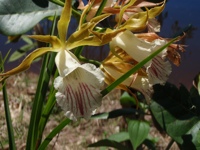
|
 |
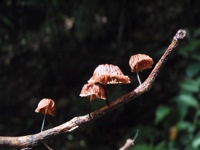
|
 |
| Ben in the Amazon |
|
I don't put many people photos up at cloudphotographic, but I'll bend the rules a little and at least put up a few photos of myself in the Amazon, to quell the outcry from the peanut gallery. If you want more people photos, see my Amazon blog. |
|
 |
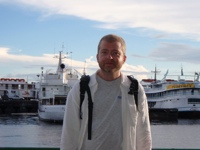
|
 |
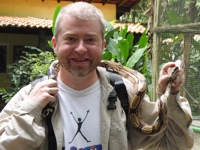
|
 |
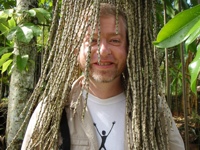
|
 |
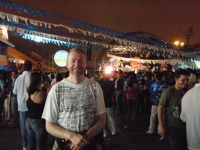
|
 |
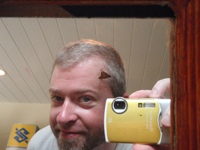
|
 |
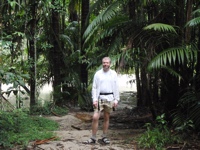
|
 |
| Clouds |
Let's end with a picture of clouds in the Amazon. Peace.
|
|
 |
|
 |
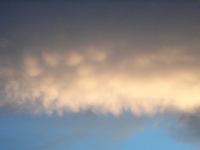
|
|
 |
